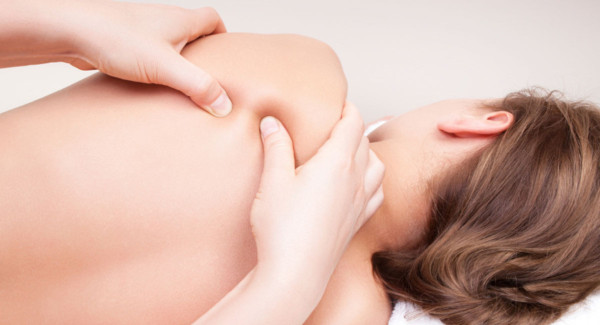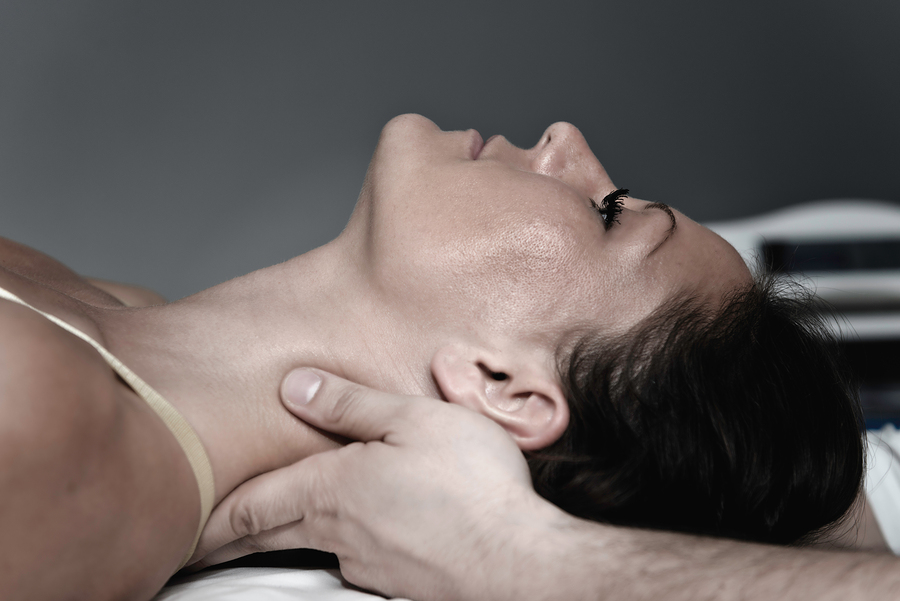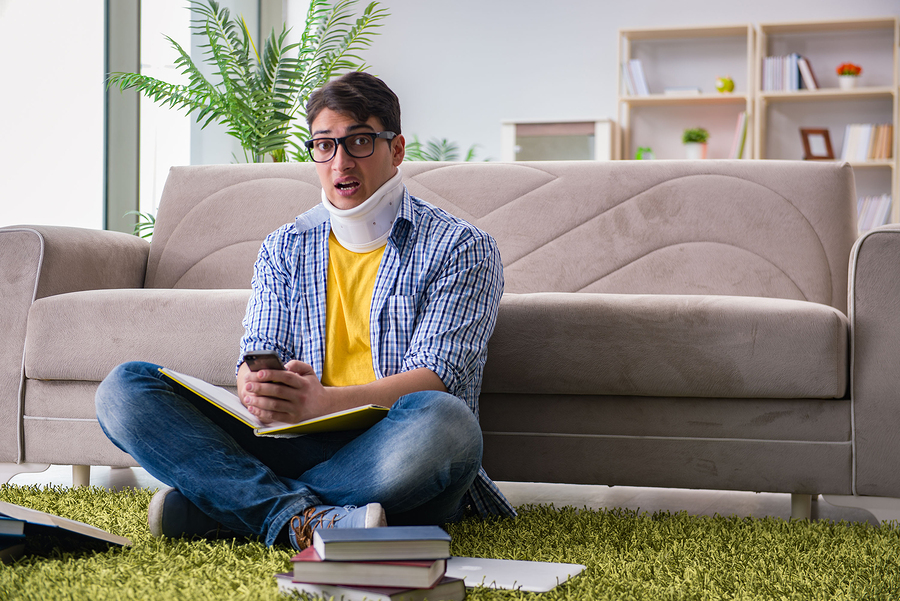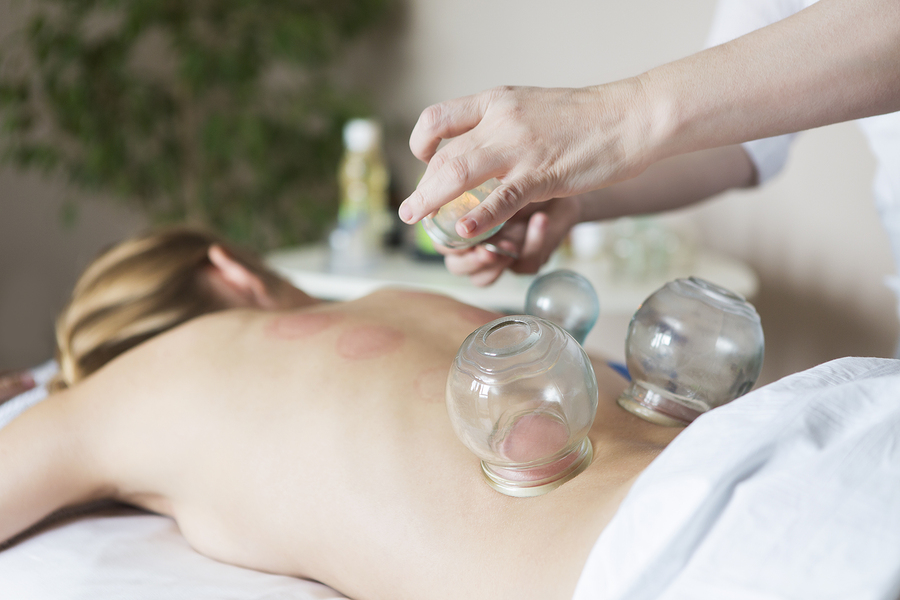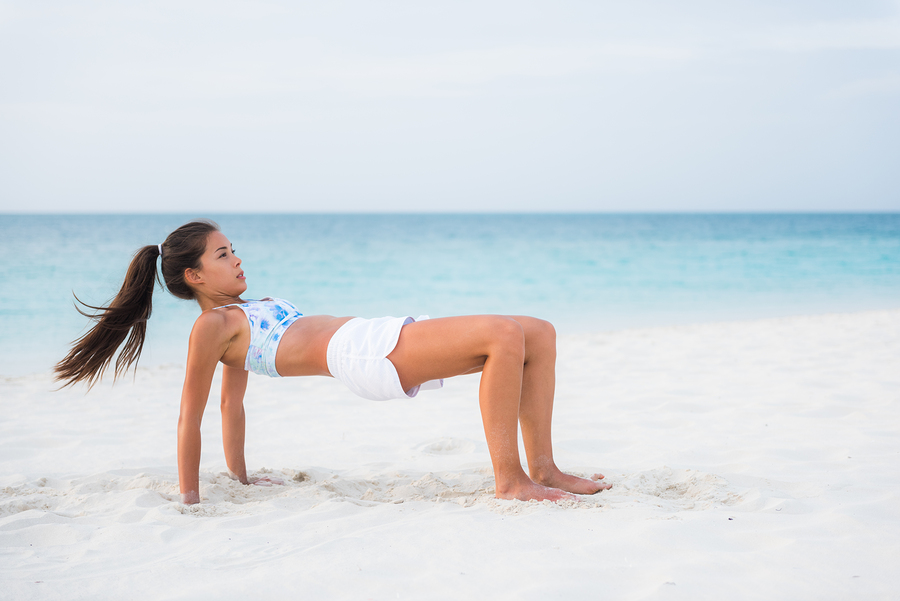A Few Questions to Ask a Massage Therapist, Prior to Treatment
If you’ve never had a massage and are considering trying it, you may not know where to start or what questions to ask. Choosing the right massage therapist is much like choosing the right chiropractor, you’ll want to be sure your massage therapist is trustworthy, reputable, knowledgeable, and in line with your plans for fitness and health. Regular massage can improve flexibility, prevent injury, and speed up muscle recovery. Still, you may have questions about how the massage should go and what to expect before and after. There are many massage therapists to choose from, so it can be confusing and challenging to choose the right one. It’s important to have a comfortable relationship with your massage therapist, and we work hard to maintain a comfortable environment for our clients. We suggest you consider asking the following questions before you get a massage with someone new.
What type of massage education does the massage therapist have?
You want to be sure your massage therapist has attended an officially recognized, accredited massage school or massage program. Not all massage therapy education is created equal and this is a good way to determine if your selected therapist has the background needed to help you achieve optimal health.
Are they licensed and/or certified?
It is important to know and understand the licensing and/or certifications your massage therapist may or may not have. In the state of Oregon, massage therapists are required by law to be licensed. This ensures that the LMT (or Licensed Massage Therapist) you visit has had a basic education in massage techniques, has passed a nationally recognized exam, and complies with standards of sanitation, communicable disease control, and ethics. All of the massage therapists at Total Body Chiropractic & Massage are LMTs. You can read all about their education, licensing, and philosophy here.
How many years have they been professionally practicing massage therapy?
Like any other professional service, it’s good to know how much experience your massage therapist has. While not always a determining factor in your selection process, years of experience can indicate a therapist’s level of intuitiveness. Also, the more bodywork a therapist practices, the better they become at understanding the complex anatomy and physiology of the human body.
Is it normal to have bruising after a massage?
It’s normal to have occasional bruising, but let your massage therapist know if it becomes excessive.
What is your philosophy on total body health as it relates to massage?
This is one of the most important questions to ask. Some therapists prefer deep tissue massage and a no-pain no-gain approach. Some focus on gentle massage. Others look at the goal of total body health and create massage therapy plans based on your specific needs. Before you get on the table, it’s important to understand what types of massage your therapist uses and why they use it.
What’s the difference between a sports massage and a relaxation massage?
A relaxation massage is a soothing experience that aims to relax the body, while a sports massage is more intense. Both of these massages can be tailored to meet your needs and comfort level.
Can I read some patient reviews?
Ask your potential Bend massage therapist or practice for patient testimonials. Another great resource is online reviews, which you can easily find yourself. You can often find a practitioner’s reviews on their Facebook page or Yelp. We encourage you to take a look at some of Total Body Chiropractic & Massage’s Facebook reviews. Also, ask your friends about their experiences and recommendations. Do your homework on the therapist before you book that first appointment.
Finally, if you choose a therapist and don’t feel good about the experience after your first appointment or two, go back to the drawing board and switch to someone new. You know best what your body needs and doesn’t need, so pay attention to what feels right.
Are you looking for a skilled massage therapist who cares about your total body health? Total Body Chiropractic & Massage has three highly trained LMTs on staff. From deep-tissue, pregnancy and sports massage, to fire cupping, acupressure and hot stones, we have a wide variety of massage treatments for everybody.

